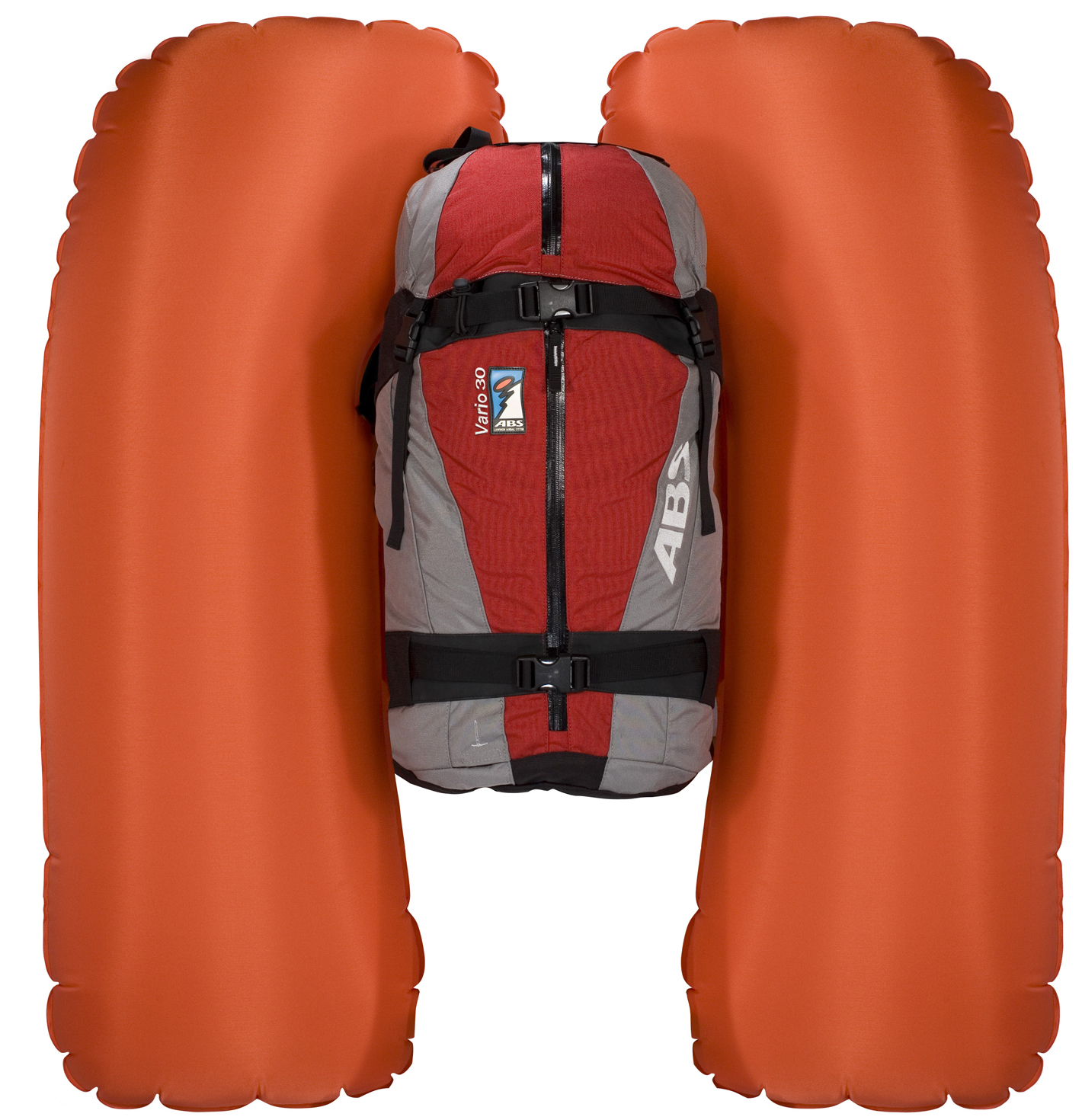Staying safe in snow
Many people dream of skiing off piste in deep virgin snow. But their dream would rapidly turn into a nightmare if they were to set off a slab avalanche. Researchers have now developed a remote triggering system for avalanche airbags.

The inviting expanse of shimmering snow contrasts with the benign blue sky above. The ski instructor briefly goes over the planned run, his first charge glides off into the distance … and sets off a slab avalanche. The group all look on helplessly as their friend is buried under a wall of snow. Bernhard Budaker of the Fraunhofer Institute for Manufacturing Engineering and Automation IPA knows this kind of scenario is all too common. But researchers at the Institute recently developed a new avalanche airbag system for ABS Peter Aschauer GmbH, in which an electronic unit ensures a ski instructor or friend of any similarly hapless individual can remotely trigger the airbag stowed in their backpack. The product went on sale in December 2009. Avalanche airbags have been in use for over a quarter of a century. A simple tug on the activation handle will inflate two airbags stowed in a backpack. The massive extra volume they create gives the body additional buoyancy – the skier is no longer buried under the snow.
To date, however, the problem has always been that skiers have had to activate the airbag inflation system themselves. »If skiers fail to notice in time that they’ve set off an avalanche, the airbag won’t help them,« says Budaker. But now the IPA group manager and his team have replaced ABS’s manual activation unit with an electronic system, and fitted a new trigger: »We’ve redesigned the activation handle to incorporate a number of electronic components, so airbag inflation can be initiated by other members of a skiing party as well. It will be perfectly easy to retrofit all the old-style backpacks with the new system.« When the traditional activation handle is pulled, it creates a pressure wave in the tube, which punctures a gas cartridge and causes the airbags to inflate. In the new system, a pyrotechnic element is used to ignite the gas cartridge. As Budaker explains, the electronic solution offers the advantage of allowing all the airbags carried by a particular skiing party to be networked: »We transmit on 868 and 915 Megahertz. The optical application programming interface permits specific groups to be defined. Group members simply need to touch all their handles together for them to become a unit.« One option is for the ski instructor to be designated the »master«, his charges the »slaves« – in this case, only the master can trigger the others’ airbags. Alternatively, all members of the group can be designated masters and help each other in an emergency. The activation signal currently has a range of between 350 and 500 meters, but this distance can be extended, given that every group member effectively acts as a relay station – as each trigger handle passes on the signal.